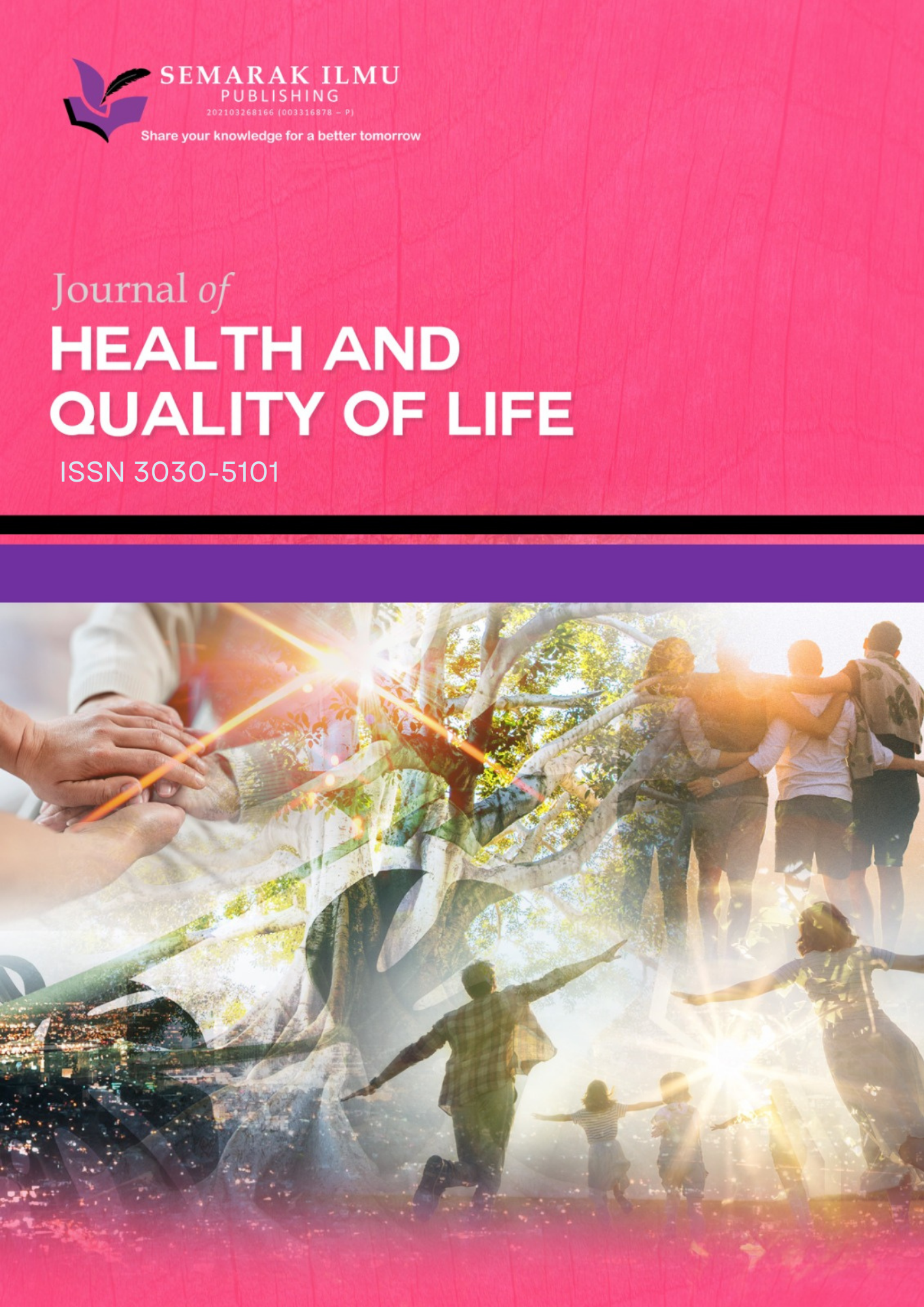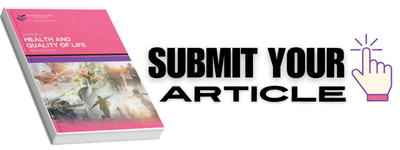Antioxidant And Anticancer Potential of Bioactive Compounds from Locally Isolated Microalgae
DOI:
https://doi.org/10.37934/jhqol.3.1.4054Keywords:
microalgae, antioxidant, anticancer, MCF-7, Acutodesmus obliquus, Desmodesmus perforatesAbstract
The current cancer therapy research focuses on the curative strategies but also targeting to improve the development of the preventive strategies. Anticancer, antibacterial, antioxidant, and anti-inflammatory effects have been demonstrated by the bioactive compound extracted from microalgae. Marine organisms, particularly microalgae might be one the alternative that may contribute to the achievement of one of Sustainable Development Goals (SDG) which is SDG 3, Good Health and Wellbeing. It is crucial for long-term sustainable development to ensure healthy lives and promote well-being at all ages. Two microalgal samples from Malaysia Acutodesmus obliquus (CN01) and Desmodesmus perforates (SP04) were isolated from fresh waters and cultivated. A total of three different solvents, polar, intermediate and nonpolar solvent was used to extracts the microalgae sample which are methanol, acetone and hexane, respectively. Acutodesmus obliquus and Desmodesmus perforates extracts show low total phenolic content in range from 0.2447 ± 0.0009 to 0.2614 ± 0.0003. Secondly, the antioxidants activity of both microalgae shows significant radical scavenging activity especially in acetone extracts of both microalgae, with values of 11.5433 ± 0.0115 and 13.5847 ± 0.0618 for Acutodesmus obliquus (CN01) whereas Desmodesmus (SP04), 13.7898 ± 0.2601 and 22.3212 ± 0.2302 scavenging activity percentage. Then, the anticancer effect of the crude extracts was tested against breast cancer, MCF-7 breast cancer cell lines by using MTT assay and apoptosis assay. Methanolic extract has demonstrated high antiproliferative effect against MCF-7, with cell inhibition percentage within range of 87±1.1271 % to 73 ± 0.2744 % and 82 ± 0.0236 % to 73 ± 0.0423 % of Acutodesmus obliquus (CN01) and Desmodesmus (SP04) respectively. Finally, both microalgae show similar compound group as HPLC is used to identified lipid, which is believed to play the big role in contributing to anticancer and antioxidant activity. This suggests that Acutodesmus obliquus sp and Desmodesmus perforates sp possess diverse biosynthetic capacities, potentially enabling the creation of new pharmaceuticals.
Downloads














